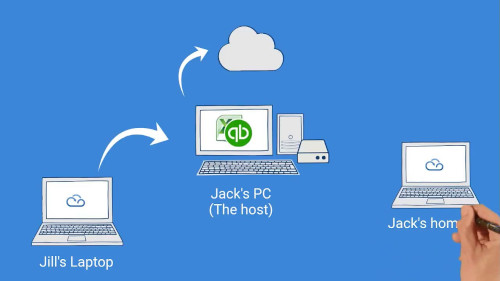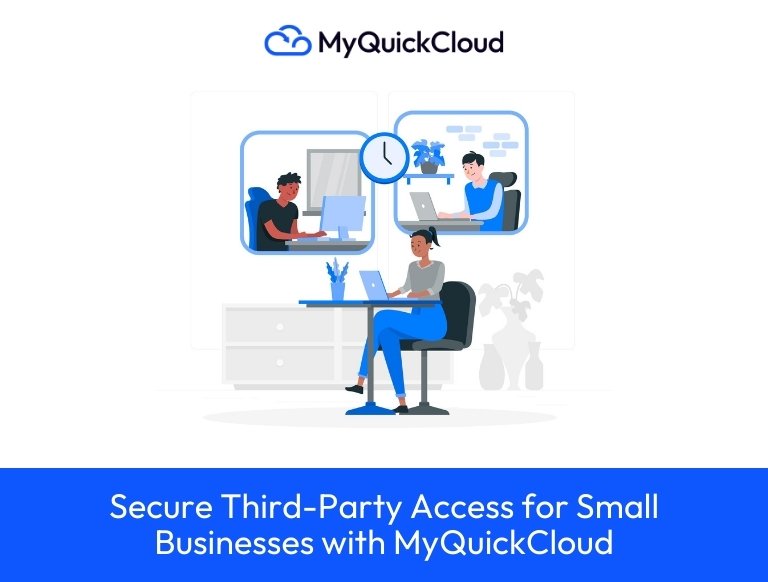 In this article we will give useful tips for moving a business to the cloud. Covering the different essential factors to consider for a smooth cloud transition.
In this article we will give useful tips for moving a business to the cloud. Covering the different essential factors to consider for a smooth cloud transition.
Recent studies have proven that business is slowly moving to the cloud. Gartner released a recent report. Saying “in 2018, we expect 40% to 50% of business users to have moved their core collaboration and communications systems to cloud platforms. By 2021, more than 70% of businesses will be substantially provisioned with cloud office capabilities”.
As the advantages of cloud computing become more known and substantial to the consuming public. Businesses are rapidly following the trend and are accepting a migration to the cloud. The cloud for many businesses leads to better IT. Through outsourced infrastructure management, scalability, flexibility and even a higher level of financial security. All these factors result in the decision for businesses make the shift to cloud. These are just a few of the advantages.
Yet the question about how moving a business to the cloud still remains unanswered for many. You may think it is like opening a Dropbox account and moving all your data files across, but there is more to it than that. A comprehensive cloud migration is often more complicated than expected and usually requires a long decision making process. In some cases (and the number is growing), businesses hire a CIO or CTO to implement the cloud solution. Without the internal CIO and lacking an understanding of the technology, many companies only consider the first few migration steps and don’t fully deploy to cloud service.
There are many factors to consider when moving a business to the cloud; here are a few tips for creating a smooth transition.
Decide What Cloud Means to You and How it Applies to Your Goals
Cloud computing is networks and software delivering powerful tools. Which allow for many options and opportunities. Such as, improve the IT infrastructure and streamline processes and workflows. Having a business cloud also improves the internal mechanism of the business through improved team collaboration. Identifying the first goal for your business cloud is the way to start, and that begins with identifying the initial business problem to solve or challenge to overcome. Is the problem centered on remote access and mobility, or is the challenge to create IT agility without the typical high cost of implementing and managing new technology? Business owners should be asking “what will the cloud bring to my business?” or “what issues are we solving by talking a cloud solution”, because these two questions are essential and the first step towards a smooth cloud migration that results with your goals being met.
Research Your Options
The next step in the cloud journey is to uncover the pros and cons of the different cloud approaches and how they apply to your situation. There are public, private and hybrid clouds, SaaS applications and more. Once you have an idea of the problems you wish to solve, it becomes easier to find relevant providers and approaches which are well suited for companies just beginning with cloud services. There are many great cloud offerings out there, but a bit of research will narrow down the list of potential providers that can help.
Solution research should include looking at different approaches such as hosting versus online applications or SaaS, as each represents a different way of applying a cloud computing model and application services.
- Figure out what type of solution makes sense for your business and addresses the problem to be solved. Make sure to consider your people, existing processes and systems because this is what you have to work with. Does your existing software work with the cloud? You might have planned to move your existing software titles to a remote server, but you may find those titles aren’t compatible with some hosting technologies.
- Losing a cloud service has an impact on business activity; can the business tolerate a brief (or lasting) outage?
- Your business should have its own disaster recovery contingencies in place over and above the plans a service provider might offer, and be careful that you don’t store your data in a place that might be contractually locked. Software and hardware can be bought again, but once the data is gone, it’s gone.
Plan Ahead
The key to moving a business to the cloud successfully is beginning with something simple which you can understand. Recognizing that services can be expanded and adjusted as needed later. To optimize the company’s potential with any cloud solution and to make sure the solution provides maximum benefit. It is important to have a cloud migration strategy as well as a long-term maintenance and recovery plan. Regardless of the cloud approach applied, there are certain consistent factors that must be addressed including data management, access control and disaster recovery.
- Have a plan for maintenance management of your data long-term. Some cloud platforms include tools that will help you to manage your stored data, at least on a general level.
- Have a plan for how you manage and maintain account access controls. Consider the different roles people play in the company and how that translates to solutions and services they may access. If you’ve already predetermined your security preferences and decided who gets access to what (and how those controls are implemented). The migration to the cloud will be much more effective. What’s more, if you have a clearly defined cloud management rhythm established from the get go. It will be easier to grow the service to meet new business needs when the time comes.
The best outcomes for moving a business to the cloud are achieved when you work with a team who has done it a few times before. Any sort of IT migration needs to be carefully planned and organized as an error can be catastrophic. Experience necessary to foresee and avoid problems and additional costs. Moving to the cloud will bring your business more capabilities on many levels, but only if you are cautious and follow all the steps. This is one move you don’t want to short cut.




